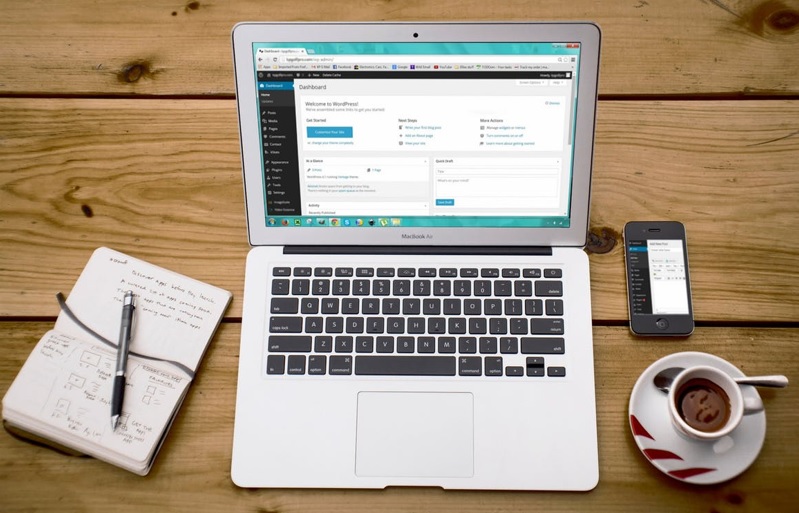WordPress is a robust platform for creating a customized website that suits unique business needs. However, the complexity makes it necessary to work with a developer to capitalize on everything the platform has to offer. Furthermore, it’s all too easy to make costly mistakes when navigating this process.

Here are five of the most common mistakes that occur in WordPress development.
Refusing to Outsource and Delegate
One of the most common mistakes businesses or entrepreneurs make when creating a WordPress website is failing to outsource and delegate this complex process. Working with a WordPress development agency can help you create a website that suits your business while enhancing the customer journey.
It’s also worth working with a knowledgeable developer or agency for ongoing maintenance and support. If you have an existing website that requires updates or further customization, the opportunity cost of outsourcing this project is well worth the return on investment.
Leaving Site Indexing Active During the Build
Failing to account for long-term SEO (search engine optimization) implications is a common theme among new developers and unknowledgeable DIYers. Site indexing is when Google crawls your website to rank it in search engines. In essence, site indexing is a good thing— you want search engines to notice your site! However, you don’t want that process to start until after the site is complete.
While you can change your site settings to discourage crawlers from indexing the site, developers should put a “noindex, nofollow” header tag in place to ensure compliance. When the site is ready to go, you can submit a sitemap and allow indexing.
Failing to Update Link Structure
Some aspects of WordPress are designed to simplify the site-building and launching process. After all, not all users are interested in creating a complex, business-oriented website. However, this issue can lead to some flaws that impact both the user experience and SEO aspects of the site when it goes live.

One of these issues is the automatic permalink structure. In other words, how your links look. There are several URL formats to choose from under your Permalink Settings. Your site should be set to the “Post Name” setting to incorporate relevant words and keywords to drive traffic to your site and increase its legitimacy.
As this is a simple fix, your developer may not change the default settings for you. It’s important to correct this before you start posting updates, as your URLs are directly related to SEO.
Failing to Debug
Many developers turn off debugging settings while adding custom code to a WordPress site. This is a poor choice for several reasons. Turning on the debugging feature will ensure these potential issues are caught.
It’s worth noting that WordPress often defaults to deactivating the debugging setting. The logic behind this default setting is sound: you want it turned off when the site is live. However, ensuring it’s activated during the coding process will protect the integrity of the site and minimize downtime.
Failing to Consider the Future
Another overarching mistake made by developers and DIYers alike is failing to consider the future needs of the business. It’s important to choose themes and plugins that promote consistent growth and scalability.
For example, you might not be interested in incorporating an eCommerce component into your site right now, but having a theme that allows further development in the future is wise. Your business direction may evolve and change over time, but planning with the future in mind is beneficial.
By avoiding these common mistakes, you can create a functional website that suits your needs.